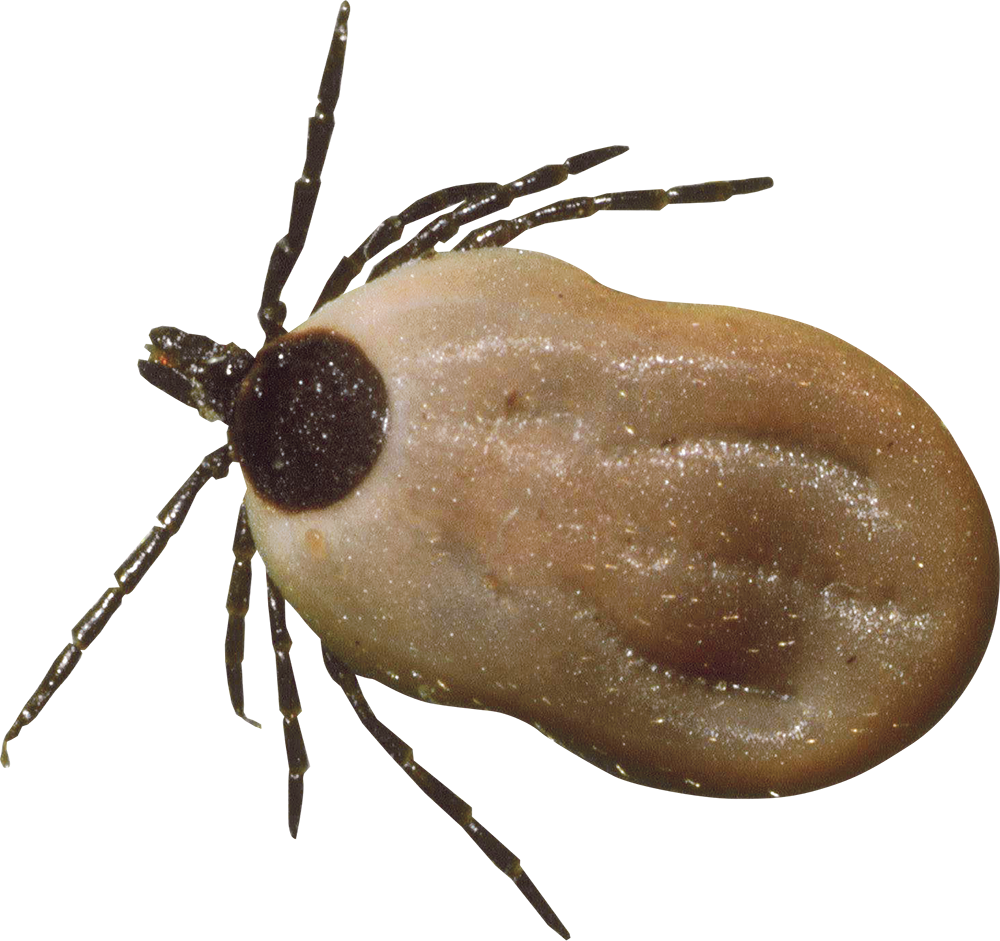
Diseases
Ticks can transmit various diseases. The faster and gentler ticks are removed, the higher the probability that no diseases have been transmitted by the tick bite.
The 3iX TickLasso enables gentle removal of even the smallest ticks.
We recommend the ArminLabs laboratory for testing human and animal blood samples for acute and chronic infections. ArminLabs uses state-of-the-art methods for the detection of bacterial, viral, parasitic infectious agents, as well as moulds. At ArminLabs you can also have the removed ticks tested for Borrelia burgdorferi, Borrelia miyamotoi, FSME, Anaplasma, Rickettsia, Babesia and Bartonella. Further information

The 3iX TickLasso enables gentle removal of even the smallest ticks.

